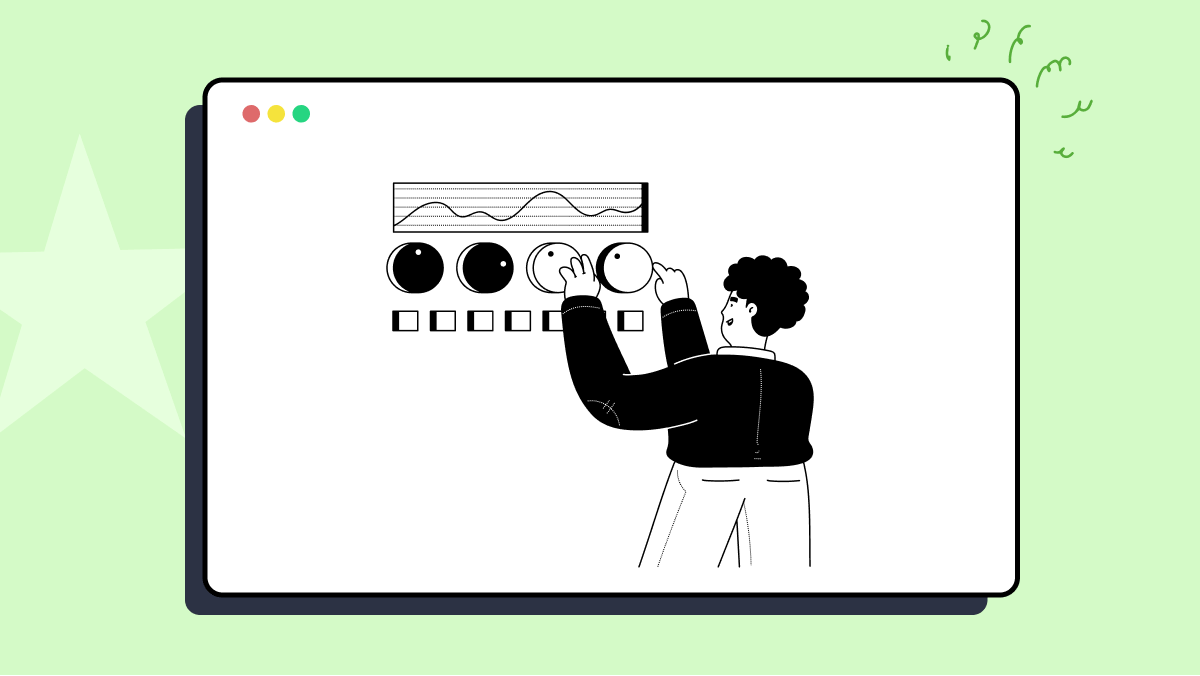How to use ConstructorCharsetHolder method of org.mockitousage.bugs.FinalHashCodeAndEqualsRaiseNPEInInitMocksTest class
Best Mockito code snippet using org.mockitousage.bugs.FinalHashCodeAndEqualsRaiseNPEInInitMocksTest.ConstructorCharsetHolder
...14 private Charset charset;15 @InjectMocks16 private FinalHashCodeAndEqualsRaiseNPEInInitMocksTest.FieldCharsetHolder fieldCharsetHolder;17 @InjectMocks18 private FinalHashCodeAndEqualsRaiseNPEInInitMocksTest.ConstructorCharsetHolder constructorCharsetHolder;19 @Test20 public void dont_raise_NullPointerException() throws Exception {21 MockitoAnnotations.initMocks(this);22 }23 private static class FieldCharsetHolder {24 private Charset charset;25 }26 private static class ConstructorCharsetHolder {27 public ConstructorCharsetHolder(Charset charset) {28 }29 }30}ConstructorCharsetHolder
Using AI Code Generation
1 [junit] at org.mockitousage.bugs.FinalHashCodeAndEqualsRaiseNPEInInitMocksTest.test(FinalHashCodeAndEqualsRaiseNPEInInitMocksTest.java:19)2 [junit] at sun.reflect.NativeMethodAccessorImpl.invoke0(Native Method)3 [junit] at sun.reflect.NativeMethodAccessorImpl.invoke(NativeMethodAccessorImpl.java:57)4 [junit] at sun.reflect.DelegatingMethodAccessorImpl.invoke(DelegatingMethodAccessorImpl.java:43)5 [junit] at java.lang.reflect.Method.invoke(Method.java:606)6 [junit] at org.junit.runners.model.FrameworkMethod$1.runReflectiveCall(FrameworkMethod.java:50)7 [junit] at org.junit.internal.runners.model.ReflectiveCallable.run(ReflectiveCallable.java:12)8 [junit] at org.junit.runners.model.FrameworkMethod.invokeExplosively(FrameworkMethod.java:47)9 [junit] at org.junit.internal.runners.statements.InvokeMethod.evaluate(InvokeMethod.java:17)10 [junit] at org.junit.internal.runners.statements.RunBefores.evaluate(RunBefores.java:26)11 [junit] at org.junit.internal.runners.statements.RunAfters.evaluate(RunAfters.java:27)12 [junit] at org.powermock.modules.junit4.internal.impl.PowerMockJUnit44RunnerDelegateImpl$PowerMockJUnit44MethodRunner.runBeforesThenTestThenAfters(PowerMockJUnit44RunnerDelegateImpl.java:314)13 [junit] at org.powermock.modules.junit4.internal.impl.PowerMockJUnit47RunnerDelegateImpl$PowerMockJUnit47MethodRunner.executeTest(PowerMockJUnit47RunnerDelegateImpl.java:297)14 [junit] at org.powermock.modules.junit4.internal.impl.PowerMockJUnit47RunnerDelegateImpl$PowerMockJUnit47MethodRunner.access$100(PowerMockJUnit47RunnerDelegateImpl.java:79)15 [junit] at org.powermock.modules.junit4.internal.impl.PowerMockJUnit47RunnerDelegateImpl$PowerMockJUnit47MethodRunner$1$1.run(PowerMockJUnit47RunnerDelegateImpl.java:ConstructorCharsetHolder
Using AI Code Generation
1import org.mockito.Mock;2import org.mockito.MockitoAnnotations;3import org.mockito.exceptions.base.MockitoException;4import org.mockito.exceptions.base.MockitoInitializationException;5import org.mockito.internal.configuration.plugins.Plugins;6import org.mockito.internal.util.MockUtil;7import org.mockito.plugins.AnnotationEngine;8import org.mockito.plugins.MockMaker;9import org.mockito.plugins.MockitoLogger;10import org.mockitousage.bugs.FinalHashCodeAndEqualsRaiseNPEInInitMocksTest;11import org.mockitoutil.TestBase;12import org.testng.annotations.BeforeMethod;13import org.testng.annotations.Test;14import java.lang.reflect.Constructor;15import java.util.Arrays;16import java.util.HashSet;17import java.util.Set;18import static org.mockito.Mockito.mock;19import static org.mockito.Mockito.when;20import static org.mockito.internal.util.reflection.LenientCopyTool.copy;21public class MockMakerTest extends TestBase {22 private static final String MOCKITO_LOGGER = "mockitoLogger";23 private static final String MOCK_MAKER = "mockMaker";24 private static final String ANNOTATION_ENGINE = "annotationEngine";25 private static final String MOCKITO_LOGGER_CLASS = "org.mockito.plugins.MockitoLogger";26 private static final String MOCK_MAKER_CLASS = "org.mockito.plugins.MockMaker";27 private static final String ANNOTATION_ENGINE_CLASS = "org.mockito.plugins.AnnotationEngine";28 private static final String MOCKITO_LOGGER_FQN = "org.mockito.plugins." + MOCKITO_LOGGER;29 private static final String MOCK_MAKER_FQN = "org.mockito.plugins." + MOCK_MAKER;30 private static final String ANNOTATION_ENGINE_FQN = "org.mockito.plugins." + ANNOTATION_ENGINE;31 private static final String MOCKITO_LOGGER_CLASS_NAME = MOCKITO_LOGGER_CLASS + ".class";32 private static final String MOCK_MAKER_CLASS_NAME = MOCK_MAKER_CLASS + ".class";33 private static final String ANNOTATION_ENGINE_CLASS_NAME = ANNOTATION_ENGINE_CLASS + ".class";34 private static final String MOCKITO_LOGGER_FQN_NAME = MOCKITO_LOGGER_FQN + ".class";35 private static final String MOCK_MAKER_FQN_NAME = MOCK_MAKER_FQN + ".class";36 private static final String ANNOTATION_ENGINE_FQN_NAME = ANNOTATION_ENGINE_FQN + ".class";37 private static final String MOCKITO_LOGGER_FQN_VALUE = "org.mockito.plugins.MockMakerTest$TestLogger";38 private static final String MOCK_MAKER_FQN_VALUE = "org.mockito.plugins.MockMakerTest$TestMockMaker";StackOverFlow community discussions
how to change an object that is passed by reference to a mock in Mockito
mocking a method that return generics with wildcard using mockito
Simulate first call fails, second call succeeds
java.lang.NoSuchMethodError: org.mockito.Mockito.framework()Lorg/mockito/MockitoFramework
Mock final class with Mockito 2
Calling Mockito.when multiple times on same object?
Check if a method was called inside another method
Mockito verify that ONLY a expected method was called
What is the difference between Mockito.mock(SomeClass) and the @Mock annotation?
Mock redis template
You can use Mockitos Answer.
doAnswer(new Answer() {
@Override
public Object answer(InvocationOnMock invocation) {
Object[] args = invocation.getArguments();
ByteArrayOutputStream baos = (ByteArrayOutputStream)args[0];
//fill baos with data
return null;
}
}).when(client).retrieveFile(baos);
However, if you have possibility to refactor the tested code, better is to make client return the OutputStream or some data that can be put to this Output stream. This is would be much better design.
Blogs
Check out the latest blogs from LambdaTest on this topic:
One of the essential parts when performing automated UI testing, whether using Selenium or another framework, is identifying the correct web elements the tests will interact with. However, if the web elements are not located correctly, you might get NoSuchElementException in Selenium. This would cause a false negative result because we won’t get to the actual functionality check. Instead, our test will fail simply because it failed to interact with the correct element.
Native apps are developed specifically for one platform. Hence they are fast and deliver superior performance. They can be downloaded from various app stores and are not accessible through browsers.
Agile software development stems from a philosophy that being agile means creating and responding to change swiftly. Agile means having the ability to adapt and respond to change without dissolving into chaos. Being Agile involves teamwork built on diverse capabilities, skills, and talents. Team members include both the business and software development sides working together to produce working software that meets or exceeds customer expectations continuously.
Have you ever visited a website that only has plain text and images? Most probably, no. It’s because such websites do not exist now. But there was a time when websites only had plain text and images with almost no styling. For the longest time, websites did not focus on user experience. For instance, this is how eBay’s homepage looked in 1999.
Automation Testing Tutorials
Learn to execute automation testing from scratch with LambdaTest Learning Hub. Right from setting up the prerequisites to run your first automation test, to following best practices and diving deeper into advanced test scenarios. LambdaTest Learning Hubs compile a list of step-by-step guides to help you be proficient with different test automation frameworks i.e. Selenium, Cypress, TestNG etc.
LambdaTest Learning Hubs:
- JUnit Tutorial
- TestNG Tutorial
- Webdriver Tutorial
- WebDriverIO Tutorial
- Protractor Tutorial
- Selenium 4 Tutorial
- Jenkins Tutorial
- NUnit Tutorial
- Jest Tutorial
- Playwright Tutorial
- Cypress Tutorial
- PyTest Tutorial
YouTube
You could also refer to video tutorials over LambdaTest YouTube channel to get step by step demonstration from industry experts.
Most used method in FinalHashCodeAndEqualsRaiseNPEInInitMocksTest
Try LambdaTest Now !!
Get 100 minutes of automation test minutes FREE!!




